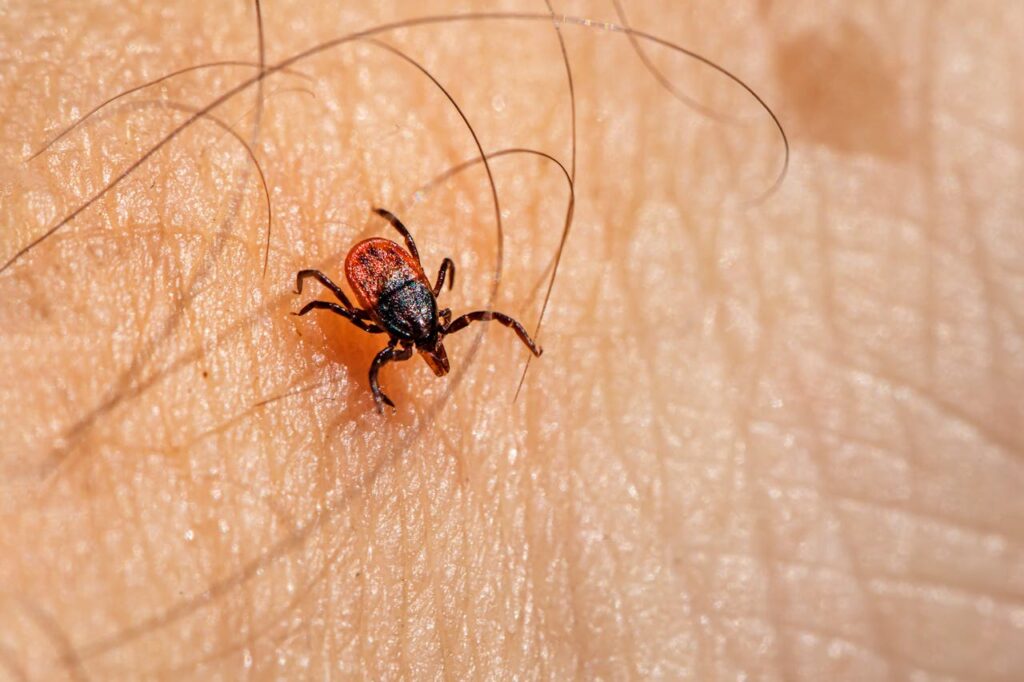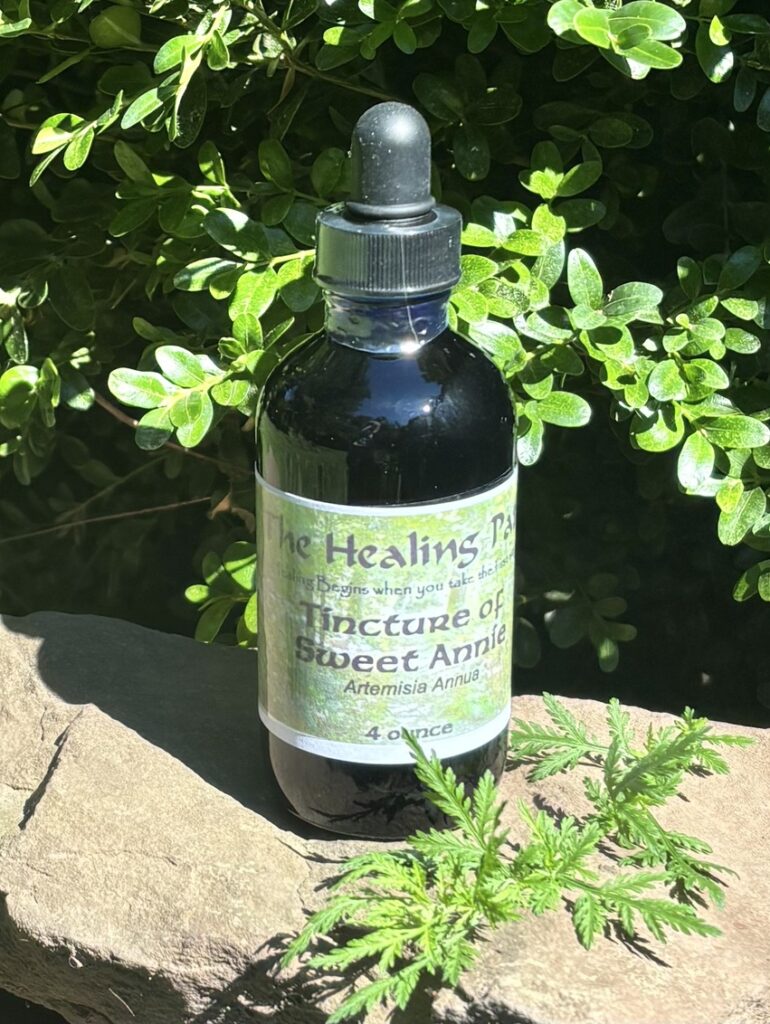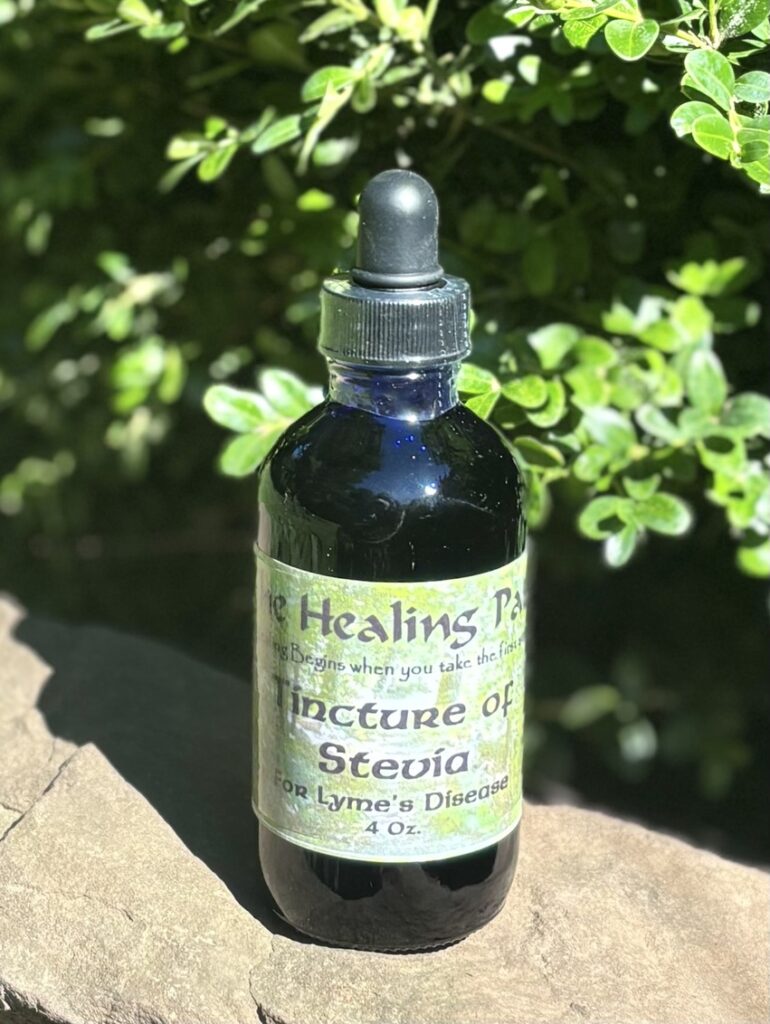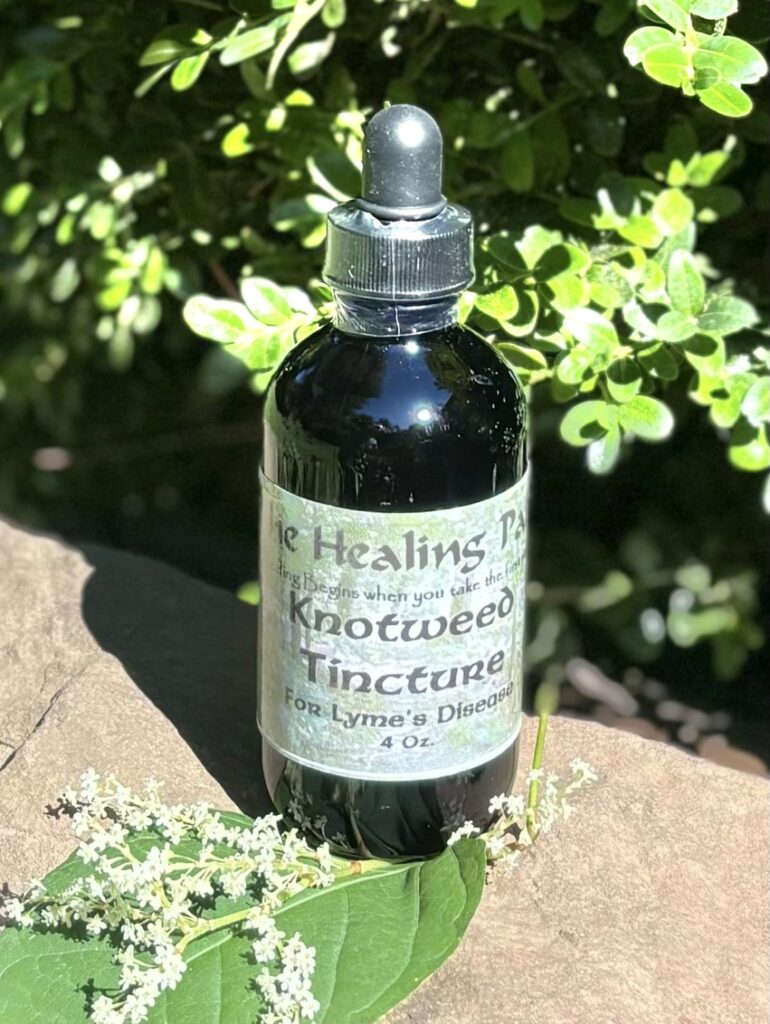What is Lyme Disease?
Lyme disease (Lyme borreliosis) is a bacterial infection spread by ticks. In various parts of the United States, different kinds of ticks carry the bacteria that can cause Lyme disease. Deer ticks spread Lyme disease in the northeastern and upper Midwestern United States. Western black-legged ticks spread the disease on the Pacific coast (mostly Northern California and Oregon). The ticks that spread Lyme disease are very small (about the size of a poppy seed or sesame seed), and their bite is usually painless. However, I have found that the aftermath of the bite is extremely itchy.
Lyme disease develops in three stages. If a person is bitten by a tick carrying Lyme disease bacteria, a rash often (but not always) develops at the site of the tick bite within 1 to 31 days. The rash (which may look like a bull’s-eye) slowly expands and may become very large. Flu-like symptoms may also occur.
This early stage of the disease is called Early Localized Lyme disease. If Lyme disease is not detected and treated properly during the early localized stage, the infection may progress to the second or third stages of Lyme disease that may involve the skin, joints, nervous system, and heart.
The second stage of Lyme disease, called Early Disseminated Lyme disease, may develop several weeks or months after a person becomes infected. It can cause problems with the skin, joints and some early nervous system complications.
The last stage of the disease, called Late Persistent Lyme disease, is often the most serious and may develop weeks, months, or, even years after the initial infection. It can cause joint and heart problems and/or late nervous system complications.

How I Treat Lyme Disease with Herbs
I use several herbs in rotating fashion to treat lyme disease. Rotating the herbs in three month intervals keeps the spirochetes from becoming immune to the treatment. Plus every two weeks (or monthly) you discontinue the herbs for a period of 36-48 hours to lure the spirochetes out of their cyst state. This makes them unprotected when you continue taking the herbs.
You don’t have to 36-48 hour break, but I find it reduces the Borrelia Burgdorferi numbers substantially faster this way.
If you live in an area prone to deer ticks, I highly recommend replacing all sugar use with Stevia. Stevia is not an artificial sweetener; it is an herb with strong anthelmintic (anti-parasitic) properties.
Liquid stevia, such as Sweet Leaf, or Kal brands are preferred, but even the powdered brands, such as Stevia in the Raw have been found to be helpful as a preventative.
These are the herbs I use:
Tincture of Sweet Annie: Sweet Annie (artemisia annua) to be taken for Lyme’s Disease, parasites and cleansing the lymphatic system.
I highly recommend that you start your protocol with the Tincture of Sweet Annie.
Tincture of Knotweed: (fallopia japonica) The Healing Path Knotweed tincture is to be taken for Lyme’s Disease, as an anti-microbial/parasitic, to protect liver and heart function and improve blood pressure.
Tincture of Stevia: (stevia rebaudiana) The Healing Path Stevia tincture is to be taken for Lyme’s Disease, as an anti-microbial/parasitic, to protect liver and improve blood pressure.
Tincture of Thyme: The Healing Path Lyme’s Disease protocol consists of Thyme, Sweet Annie, Knotweed and Stevia, for parasites and cleansing the lymphatic system.
Love and Light, Lori




